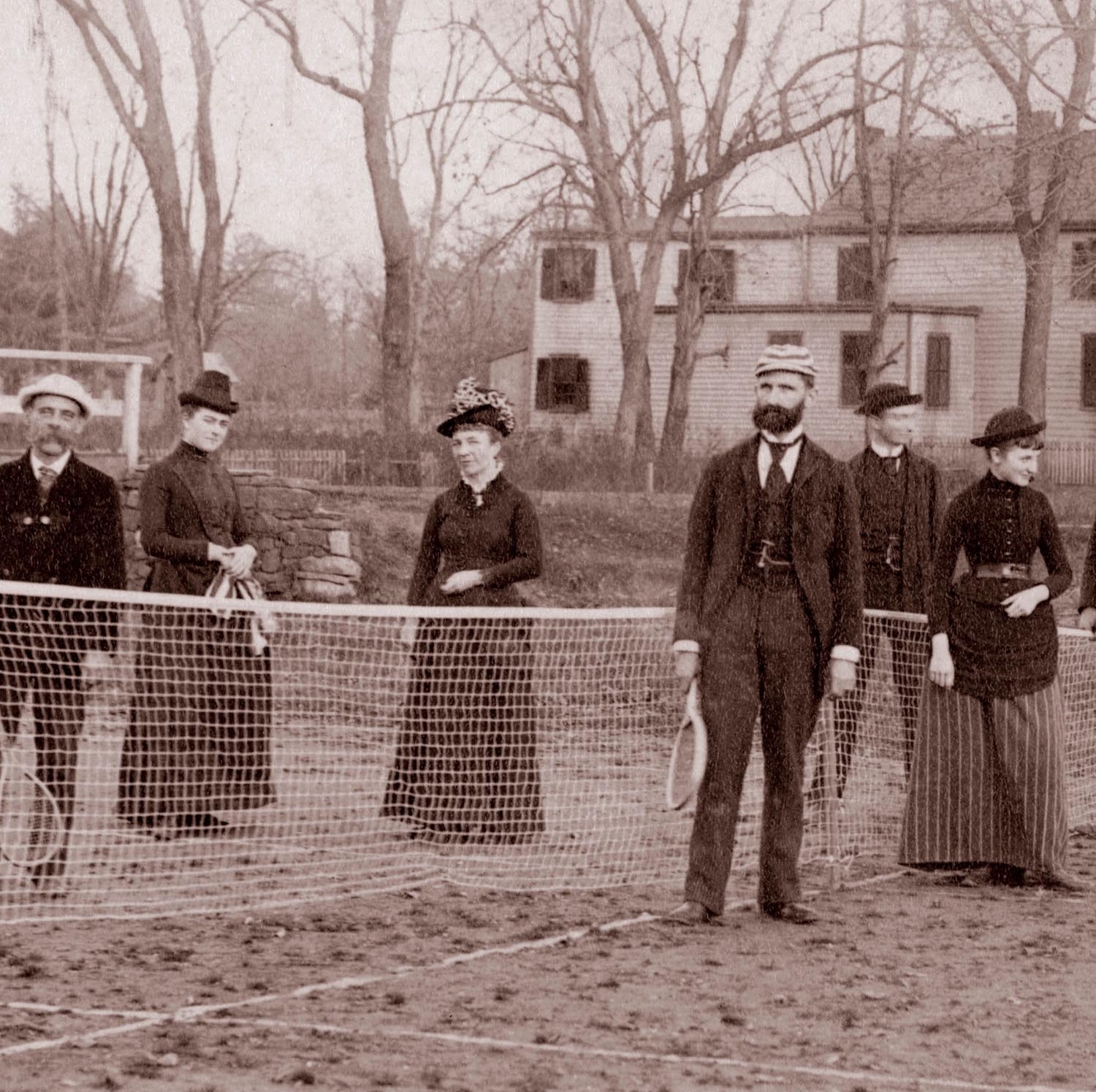"Victorian New Jersey: Photographs of Guillermo Thorn" at Noyes Museum of Art

Most people have likely never heard of Guillermo Thorn. In fact, type his name into Wikipedia, and you won’t find anything about him. Still, historians say the black-and-white images that Thorn took in the late 1800s provide a peek not only into the early days of photography, but also the way New Jersey looked in the decades after the Civil War.
Such is the focus of “Victorian New Jersey: Photographs of Guillermo Thorn,” a traveling exhibit of the former Plainfield resident’s work, which runs through Sept. 1 at Richard Stockton College’s Noyes Museum of Art in Oceanville.
“It was kind of a gem for us finding someone from New Jersey doing work from the 1850s to 1910s,” explains Dorrie Papademetriou, the museum’s director of exhibits. “Most people who were doing photography at that time were doing portrait work in a studio. He ventured outside of the studio and took pictures of wandering countrysides and landscapes. He captured that in a beautiful, refined art style.”
Thorn was born in Durham, N.Y., in 1837 — two years before French artist Louis Daguerre invented the daguerreotype process, ushering in the age of photography. The young Thorn bounced about the East Coast before moving permanently to New Jersey in the late 1850s, settling in Plainfield and setting up a photography studio on East Front Street.
Around the same time, experts say, New Jersey — with its sprawling landscapes and miles of beaches — became a tourist destination. And Thorn preserved its wonder in pictures, from small-town buildings to the shores of Asbury Park and Cape May.
“Thorn was an adventurous man,” Frank J. Esposito, a Kean University history professor, said in 2005. “In his early years as a photographer, he used the summer months to travel by wagon throughout the countryside, making pictures of scenic views.”

But Thorn — who died in 1920 — remained relatively unknown until the late 1980s, when his granddaughter, Eleanor Thorn Stone, discovered a trove of photos in her attic. She donated more than 300 to Kean University in Union Township — many of which are included in the Noyes exhibit.
The images, Papademetriou says, provide a stark contrast to an age where people can now simply snap a photo on their phone, upload it to a computer, and have it printed out in minutes. She notes that Thorn used the gelatin silver process — creating prints on plates coated with gelatin containing light-sensitive silver salt.
“It was cutting-edge at that time, but so drastically different in terms of process,” she explains. “It’s interesting for photographers to look back and see where it started.”
Many of Thorn’s photos reveal the sprawling mountains and fields that dominated New Jersey’s landscapes 150 years ago. One shot shows two men bass fishing in a bucolic stream.

But Papademetriou stresses that the exhibit also “captures downtown U.S.A.” There are pictures of fire stations, fife and drum corps marching in a parade, and the homes along Grant Avenue in Plainfield in the 1880s.
Another reveals a jarring sight: a group of men and women in suits and long dresses playing tennis.
“It’s just a reflection back on a quieter, simpler time,” Papademetriou says. “You are in the same place, yet your life is so different from what the individuals in the photograph were experiencing.”
One of the most striking pieces, she says, is a shot of a gymnasium — with only a floor mat, a pommel horse, and a few jump ropes.
“That’s it,” Papademetriou says. “It’s this empty space. I just look at this and think: What a difference that is compared to today, with all this equipment we have. Just like photography, life has changed so much.”
